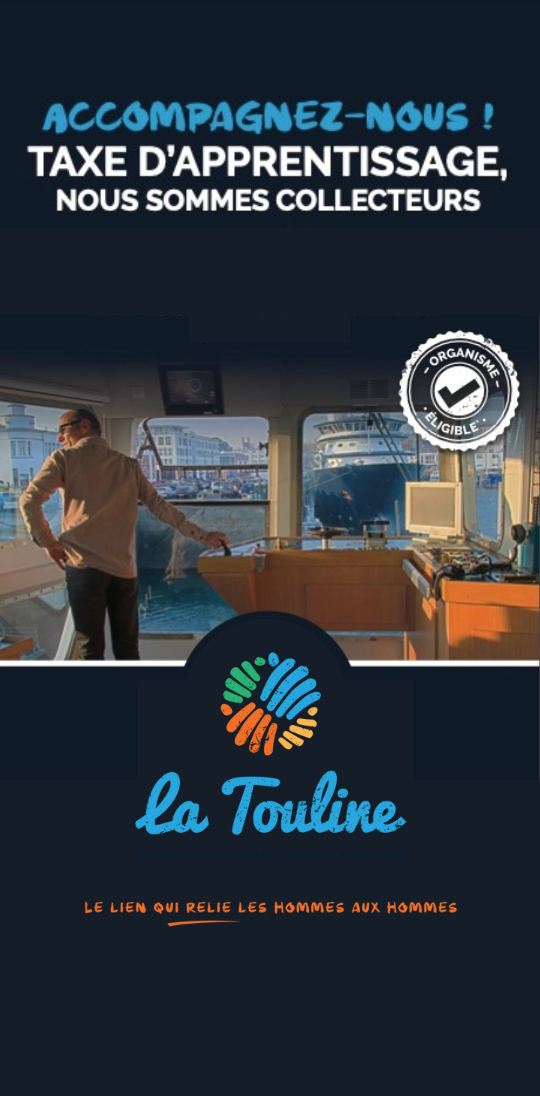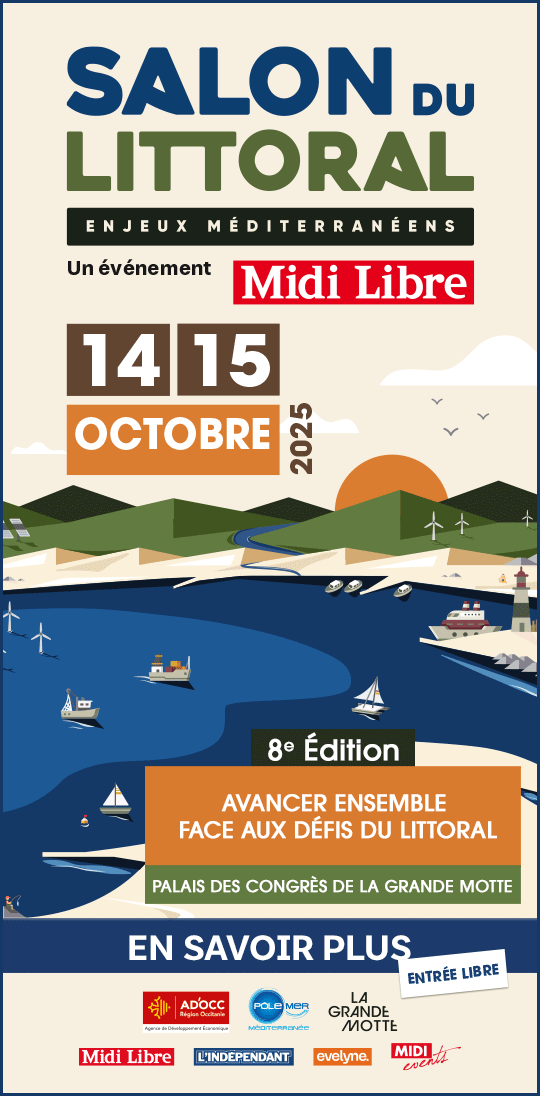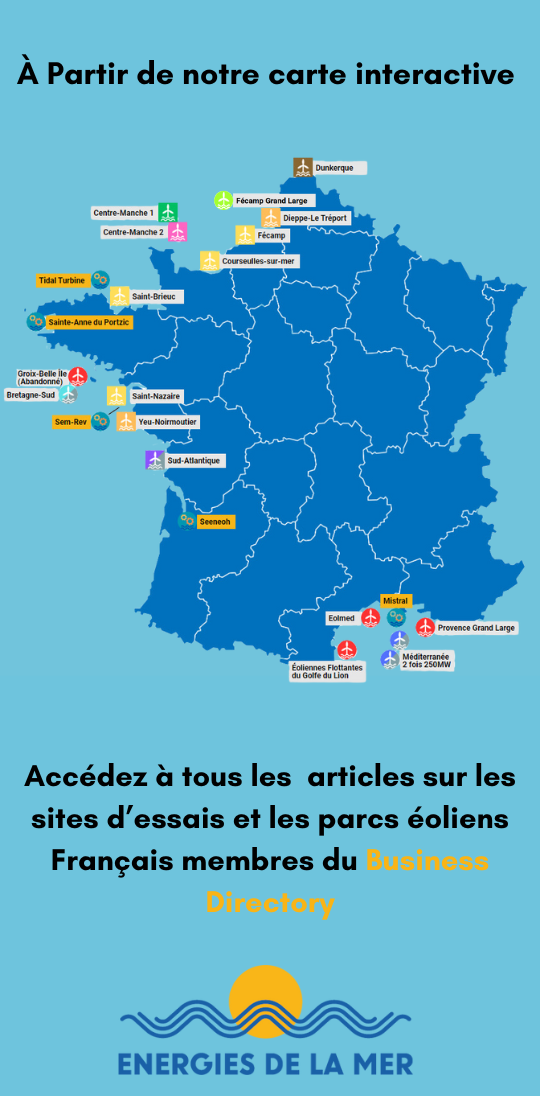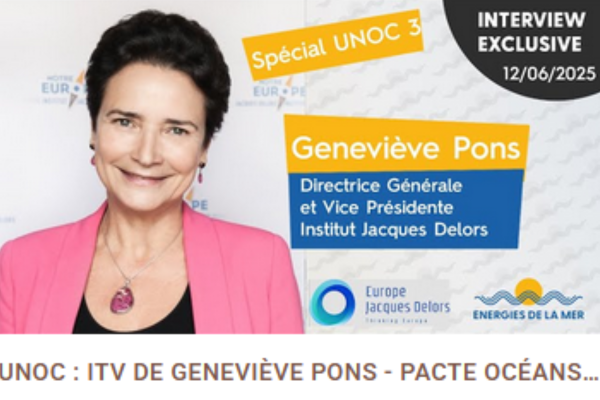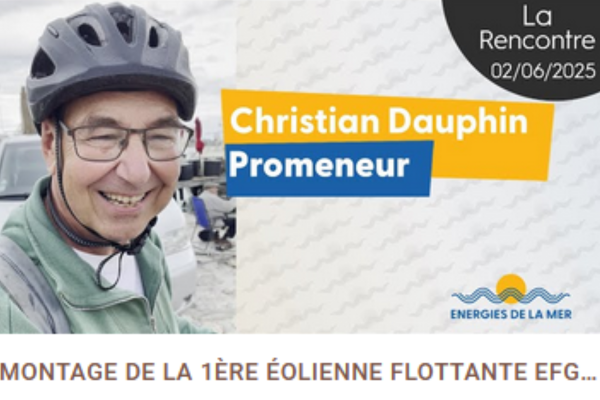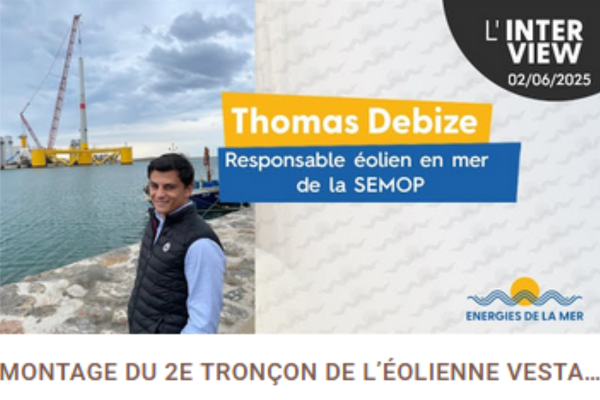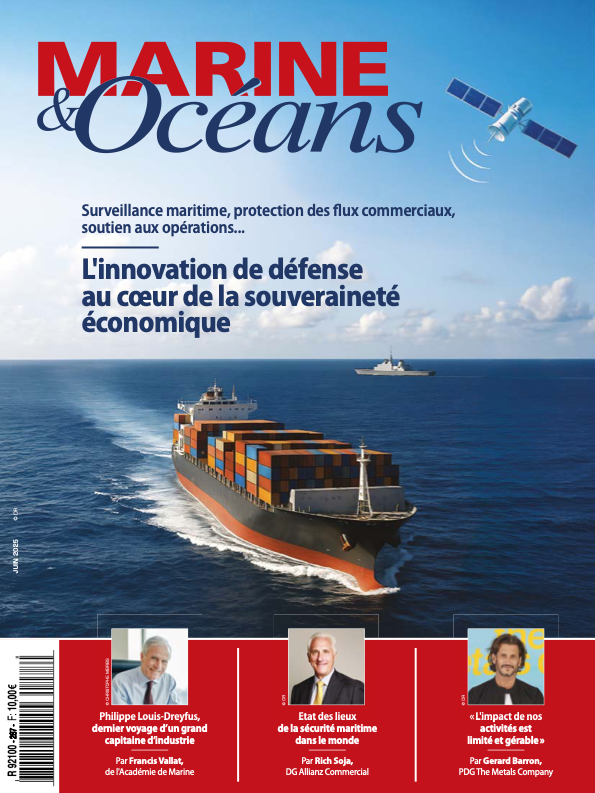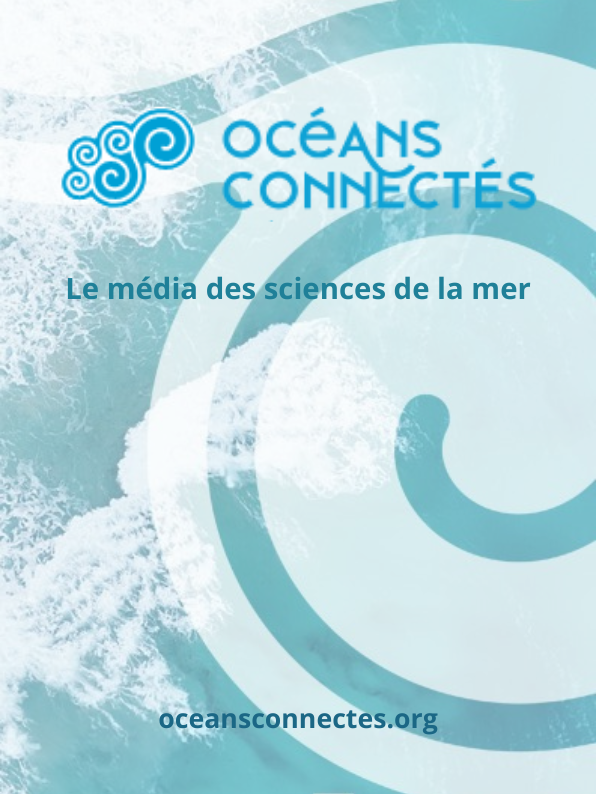France – Mardi 22/10/2019 – energiesdelamer.eu. Ancre – Colloque des Doctorants – 4 ème intervenant : Felix Barnaud
Thèse sous la direction de Luminita Danaila. En préparation depuis le 05-06-2015.
The size of modern offshore wind turbine rotors has reached very large dimensions and keeps in- creasing in order to reduce the cost of electricity.
More challenging designs are thus needed to improve the aerodynamic performances and reduce the structural loads. The state-of-the-art tools such as Blade Element Momentum Theory (BEMT) used to predict the loads and performances of wind turbines have been designed for much smaller rotors in standard operating conditions. Load cases in specific conditions such as yaw misalignment are out of the validity range for such tools. The goal of the thesis is to investigate more advanced aerodynamic models in order to assess the differences in load predictions compared to state-ofthe-art tools. A panel method code including viscous effects such as dynamic stall is compared to a BEMT code in realistic wind conditions with large yaw misalignment. The calculations are performed in the framework of aero-servo-elasto coupling in order to be representative of the load calculations performed in industry following certification standards. The impact of the dynamic stall model is investigated in particular for both BEMT and panel method, for extreme and fatigue loading in cases of yaw misalignment. Significant differences have been observed between both codes and for several parametrizations of dynamic stall model. It has been noticed in particular that including the servo-elasto coupling changes a lot the observations regarding aerodynamic loading. Large angles of at- tack are observed on wind turbine blades in yaw misalignment cases, and theflow around blade sections in such conditions is particularly affected by viscous effects such as dynamic stall or vortex shedding which are not inherently solved by panel methods nor BEMT but modeled with semi-empirical models. Alternative models that would capture these effects have thus to be considered. Wall-modeled LES is used in the second part of this thesis to investigate theflow around wind turbine dedicated airfoils, much thicker than airfoils used in aeronautics. Several cases are simulated, for attached and detachedflows and in steady or oscillating cases. Angles of attack up to 90◦ are investigated at realistic Reynolds number. It appears that wall-modeled LES is able to capture correctly the mainflow features in attached conditions and at very high angle of attack. However, the near stall cases are very difficult to capture and would require unrealistic CPU time to be correctly solved. A comparison is also performed for motions with high reduced frequency and compared to other models, revealing the promising capacities of LES in such cases.
Agenda des événements sélectionnés par energiesdelamer.eu : Journée Doctoriale sur les thématiques du GP5 de l’ANCRE 23/10/2019
Publicités Google :

